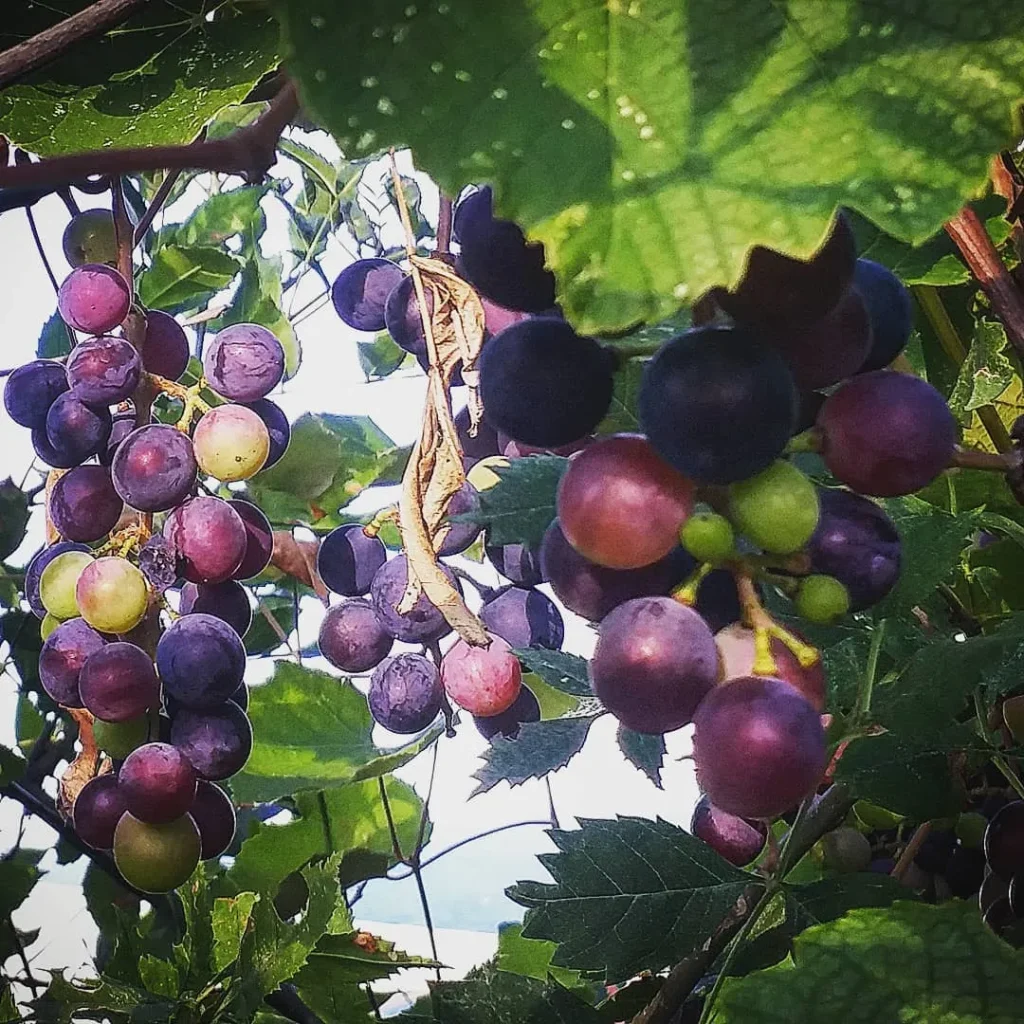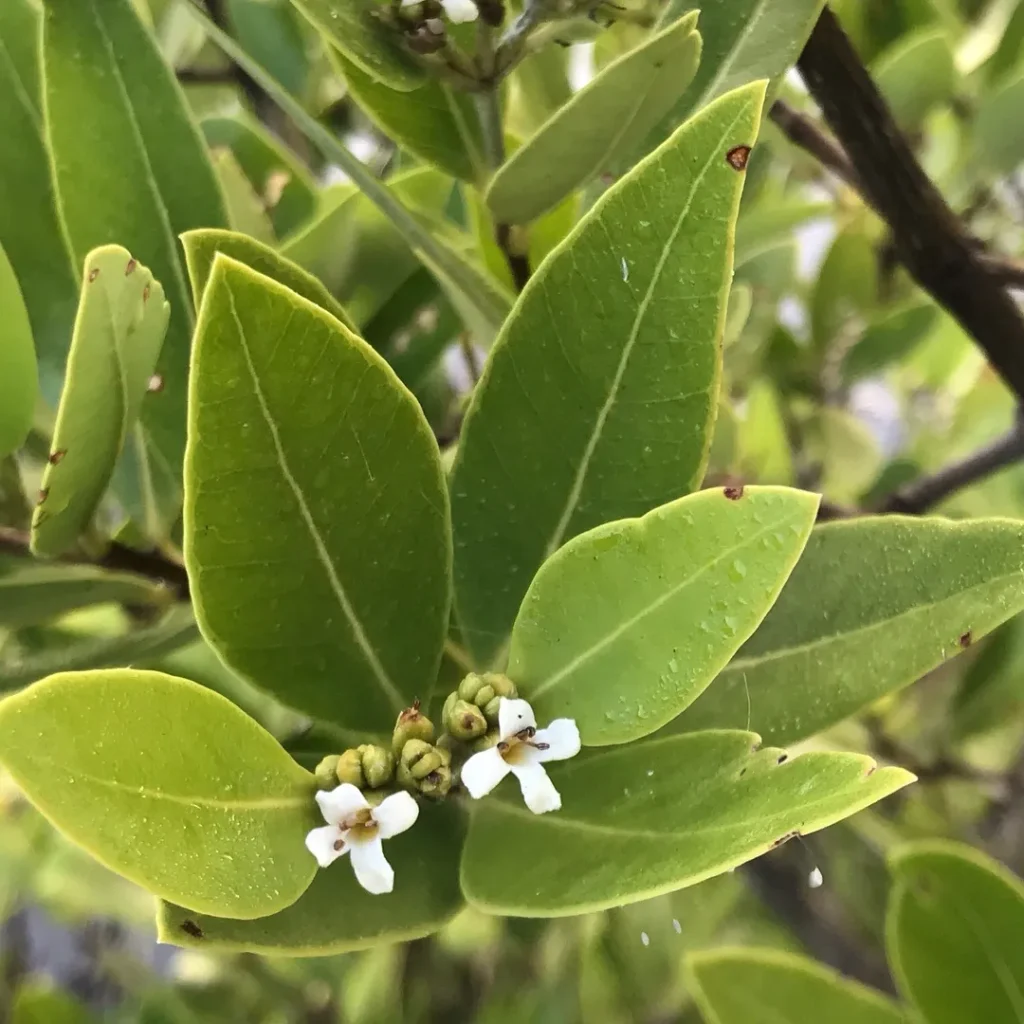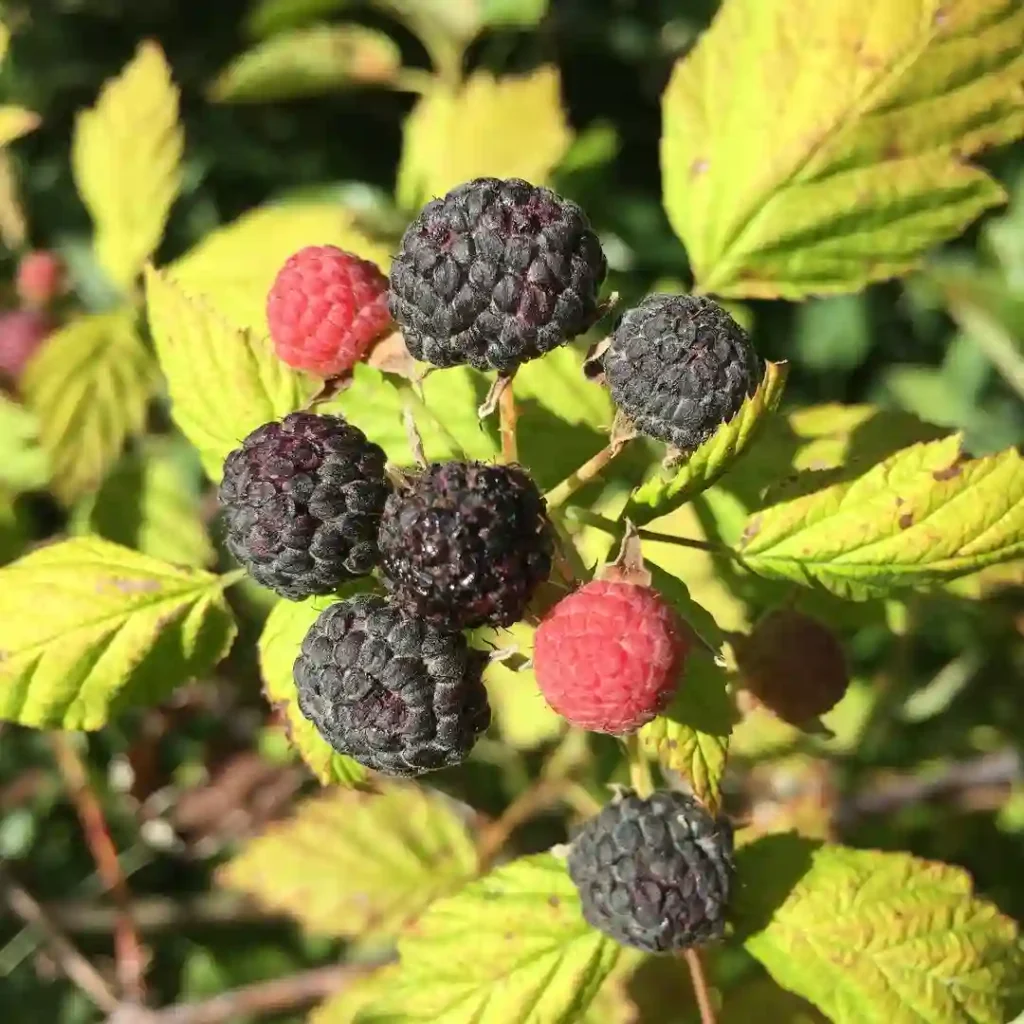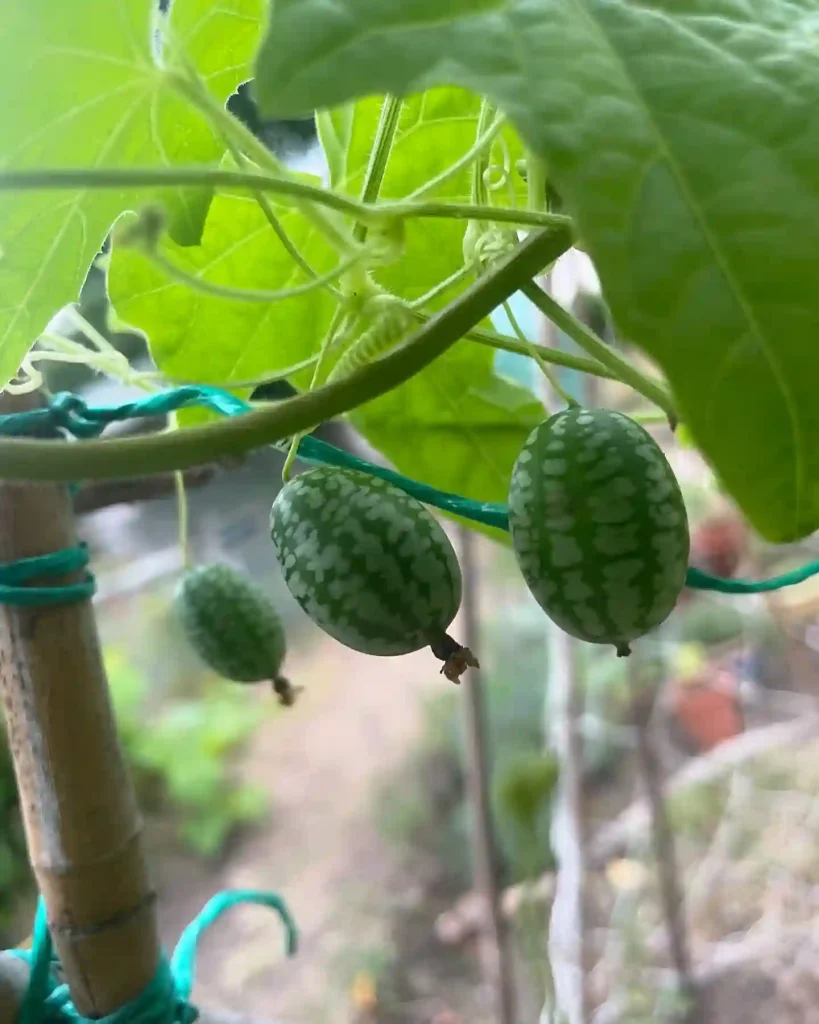Hosta Sieboldii: A Shade-Loving Champion for Your Garden
Hi, Ferb Vu here. As a gardener with a passion for foliage, Hosta Sieboldii holds a special place in my heart. This shade-loving perennial offers a stunning array of textures and colors, making it a versatile addition to any garden. Today, I’m answering some of the most common questions about Hosta Sieboldii, including its care requirements and how it compares to other popular shade plants.
31 Species in Genus Hosta
What is Hosta Sieboldii?
Hosta Sieboldii, also known as Siebold’s Plantain Lily, is a species native to Japan. It boasts large, heart-shaped leaves that come in various shades of green, blue, and even variegated options. Unlike true lilies, Hosta Sieboldii is prized for its lush foliage, not its flowers. However, it does produce delicate lavender blooms in the summer, adding a touch of elegance to the shady corners of your garden.
How to care for Hosta Sieboldii?
Light: Hosta Sieboldii thrives in partial shade to full shade. Avoid placing it in direct sunlight for extended periods, as this can scorch the leaves.
Soil: Provide well-drained, moist soil rich in organic matter. Amending your existing soil with compost or aged manure is a great way to achieve this.
Watering: Water regularly during the growing season, especially during hot and dry periods. Aim to keep the soil consistently moist but not soggy.
Fertilizing: A balanced fertilizer applied in early spring can promote healthy growth. However, Hosta Sieboldii is not a heavy feeder, so a little goes a long way.
Propagation: Division is the easiest way to propagate Hosta Sieboldii. Simply dig up a mature clump in early spring or fall, carefully separate the divisions, and replant them in your desired location.
Pests and Diseases: Hosta Sieboldii is generally resistant to pests and diseases. However, snails and slugs can be occasional problems. Keeping the soil clean and applying organic slug control methods can help deter these unwelcome visitors.
Hosta Sieboldii vs. Other Shade Plants
Hosta vs. Ferns: Both Hosta Sieboldii and ferns are excellent choices for shady areas. However, ferns tend to have a finer texture and prefer consistently moist soil. Hosta Sieboldii, on the other hand, offers bolder foliage and can tolerate slightly drier conditions.
Hosta vs. Coral Bells: Coral Bells (Heuchera) provide vibrant blooms and colorful foliage, making them a great choice for adding pops of color to shady areas. However, unlike Hosta Sieboldii, Coral Bells require more well-drained soil and may struggle in heavy shade.
Hosta vs. Astilbe: Astilbe is another shade-loving perennial known for its tall, feathery plumes of flowers. While both plants offer beautiful foliage and flowers, Hosta Sieboldii is generally more low-maintenance and requires less frequent division.
Ultimately, the best choice for your garden depends on your specific needs and preferences. However, Hosta Sieboldii’s versatility, ease of care, and stunning foliage make it a strong contender for any shade lover’s wish list.
Additional about Hosta Sieboldii
- Mulch around your Hosta Sieboldii to retain moisture, suppress weeds, and regulate soil temperature.
- Deadhead spent flowers to encourage new growth and maintain a neat appearance.
- Consider companion planting with shade-loving annuals like impatiens or begonias to add seasonal color.
- Varieties: Hosta Sieboldii boasts a wide range of cultivars, each offering unique leaf shapes, sizes, and colors. Popular choices include ‘Elegans’ with its blue-green foliage and lavender flowers, ‘Frances Williams’ with its giant, rippled leaves, and ‘Mediovariegata’ with creamy white margins on its green leaves.
- Deer Resistance: Good news for deer-prone gardens! Hosta Sieboldii is generally unpalatable to deer, making it a great choice for areas where these browsing herbivores are a concern.
- Winter Care: Once winter arrives, your Hosta Sieboldii will go dormant. Simply cut back the dead foliage in late fall or early spring before new growth emerges. The leaves will naturally turn brown in the colder months, and it’s best to leave them on the plant to provide some winter protection.
- Uses in the Landscape: Hosta Sieboldii’s versatility shines in various landscaping applications. Use it as a border plant, a groundcover in shady areas, or a specimen plant to add a focal point. It also thrives in containers, adding a touch of elegance to patios and porches.
With a little TLC, Hosta Sieboldii will reward you with years of beauty and low-maintenance charm in your shady haven. So, happy planting!
If i die, water my plants!



